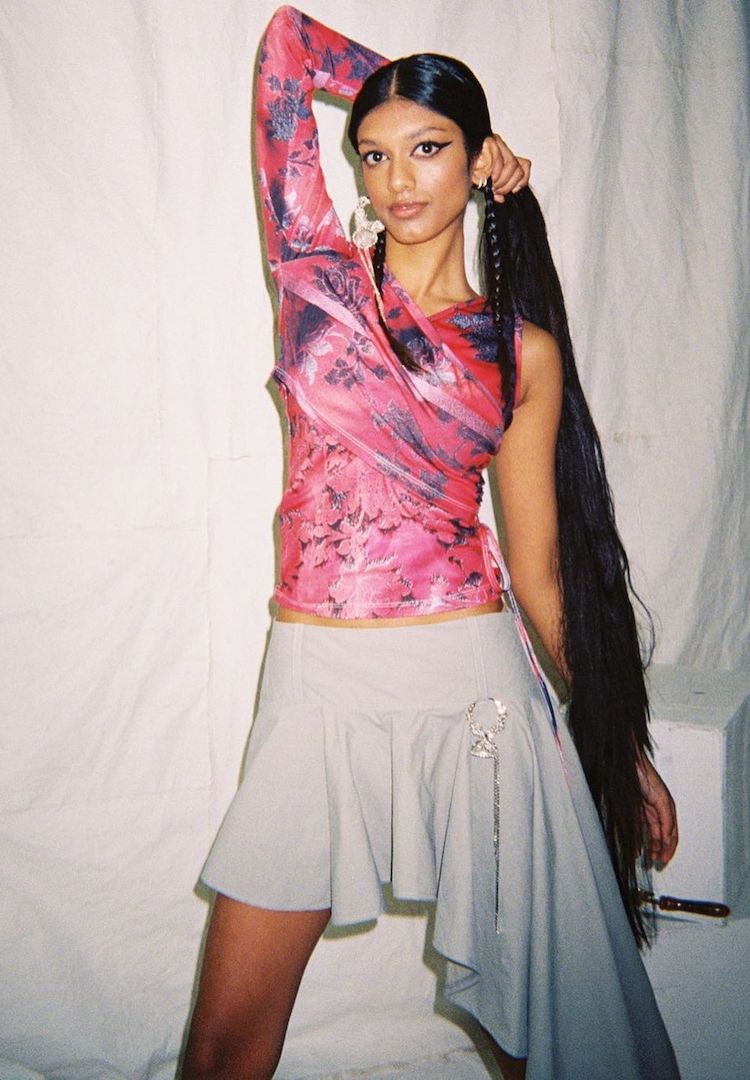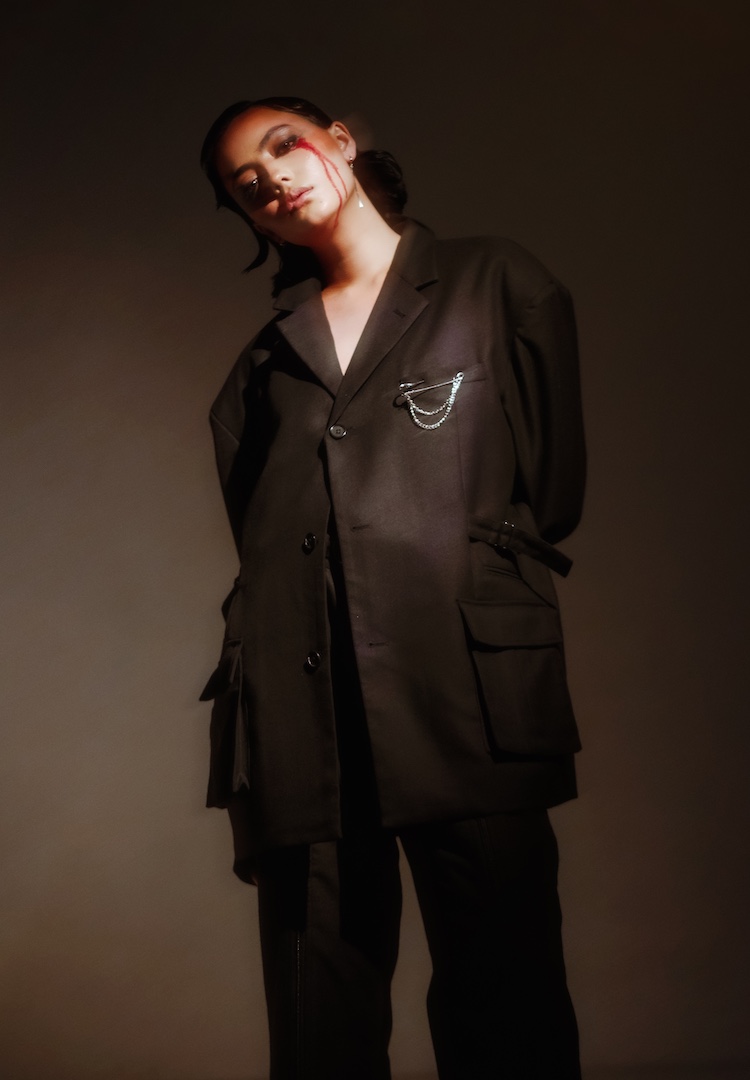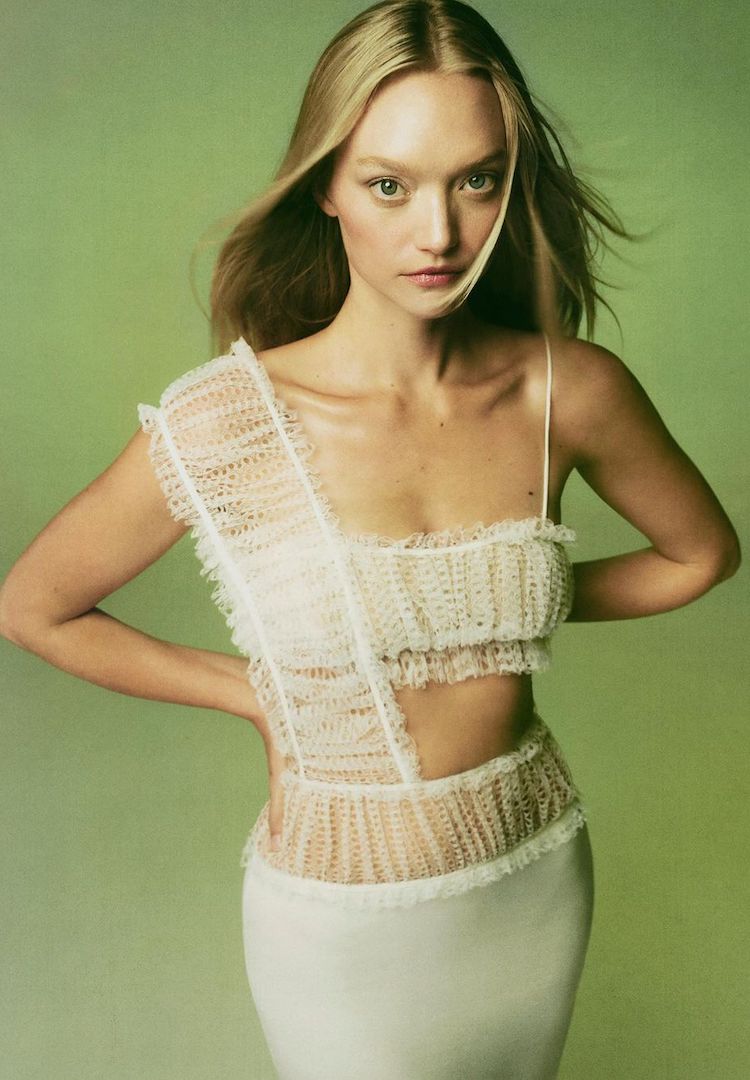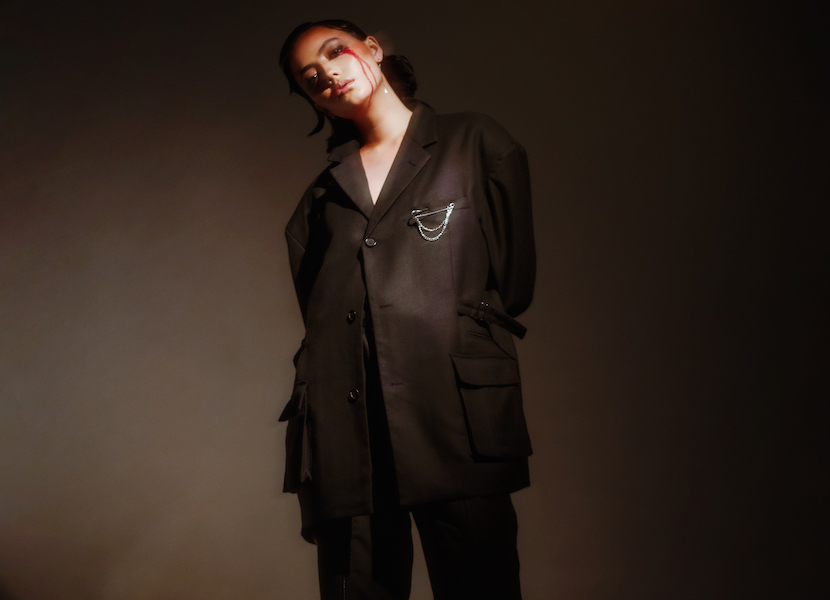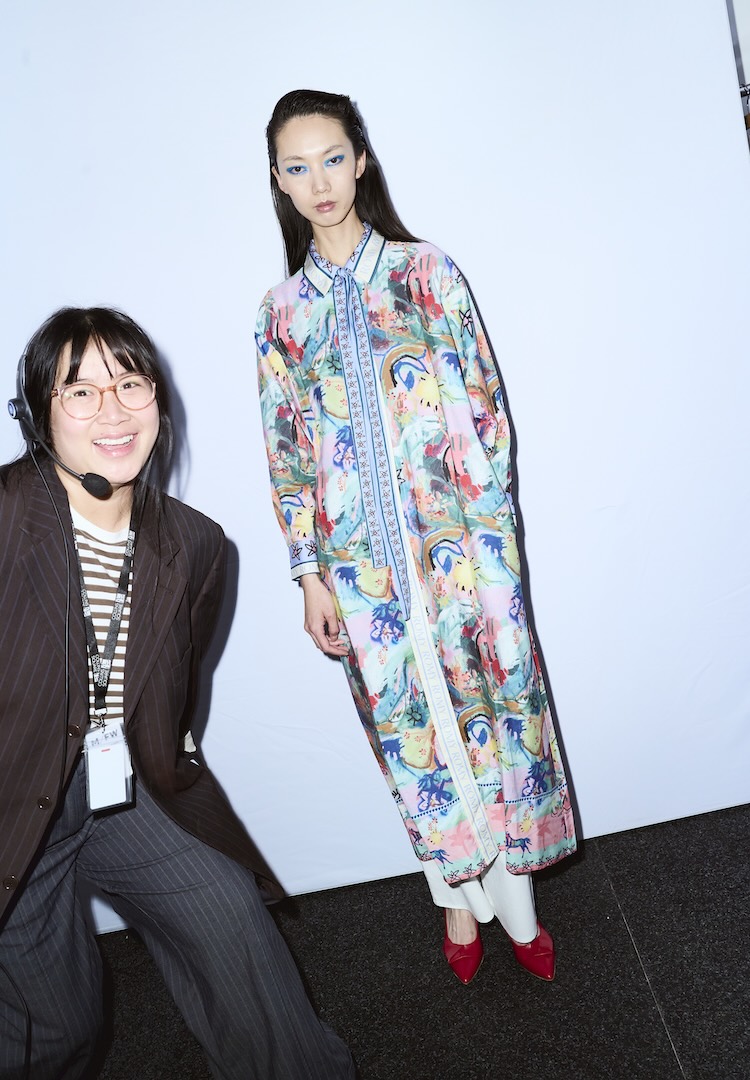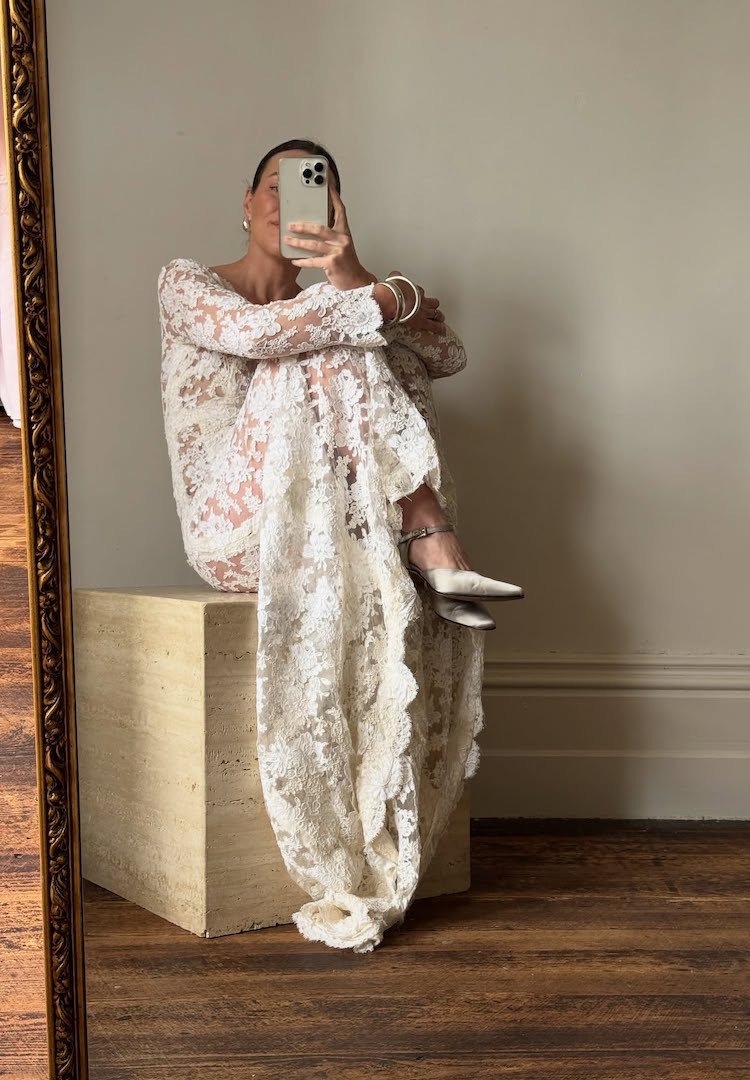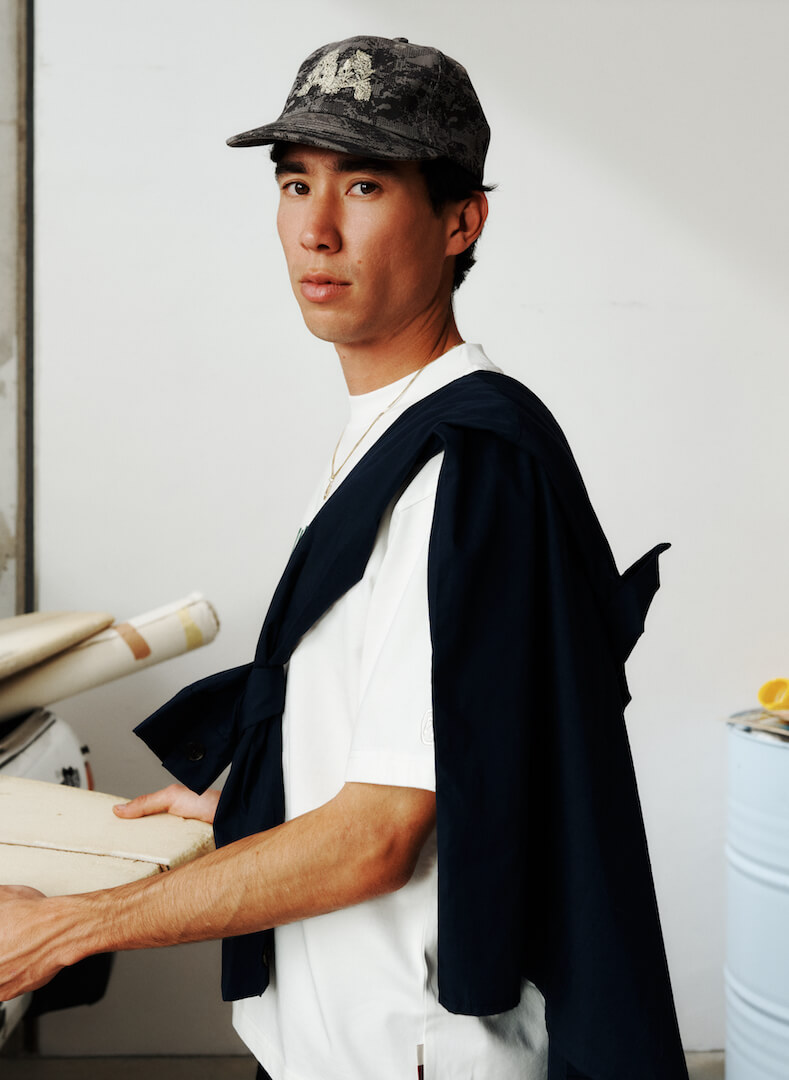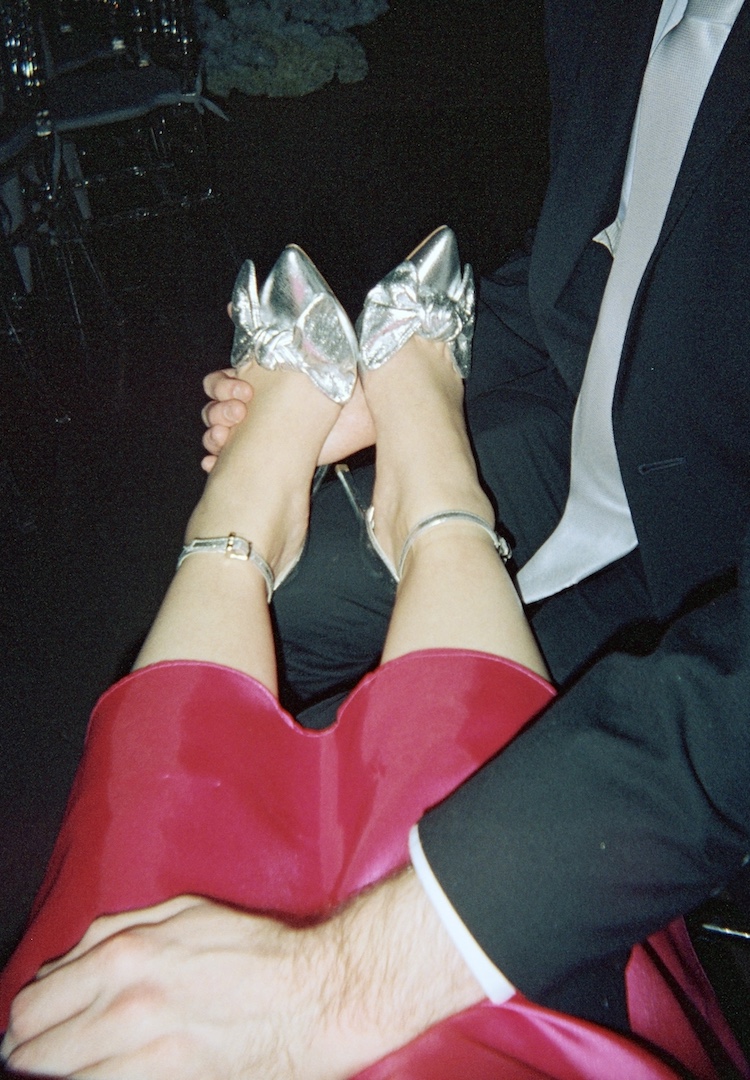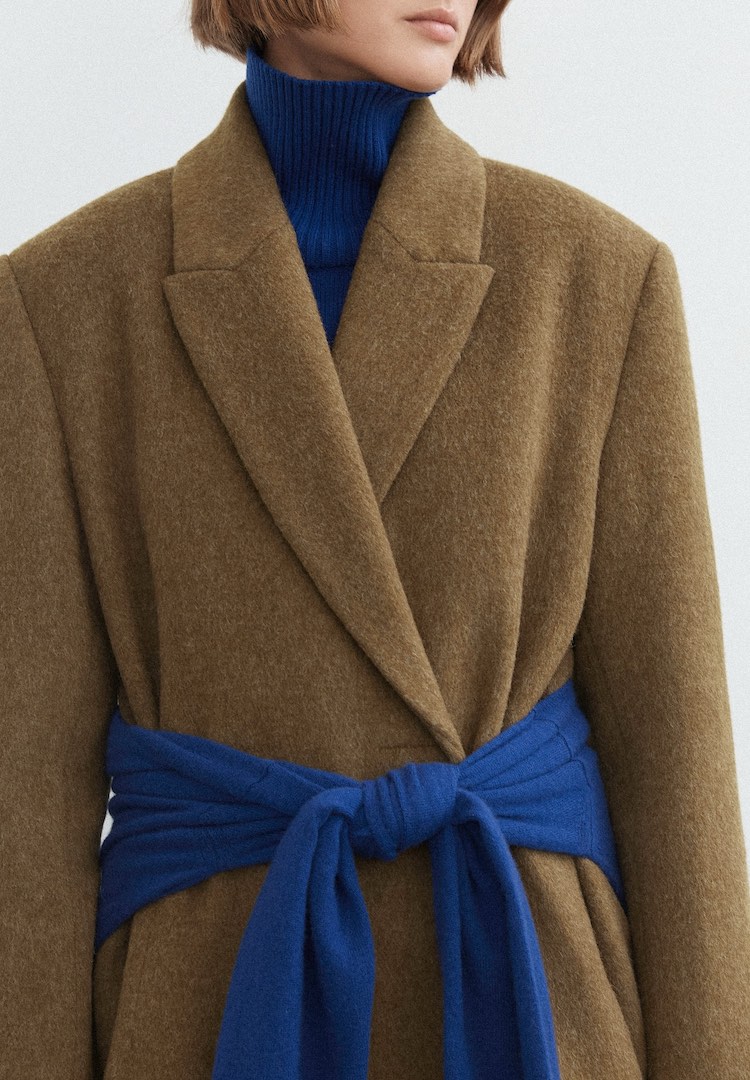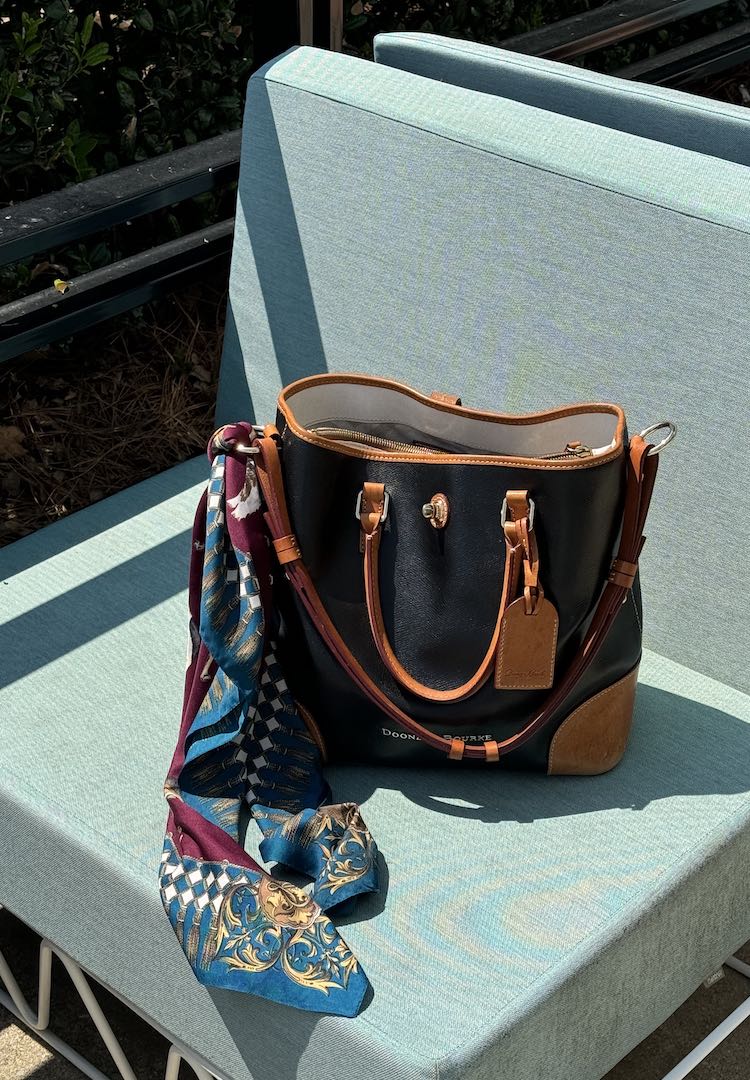“Cultivating culture”: Clothes are secondary when it comes to emerging Australian label, Plagiarist
PHOTOGRAPHY BY LEON TRAN
WORDS BY FASHION JOURNAL
Third culture kids.
I wish I could tell you about the founders of The Plagiarist, but I can’t. The people behind the emerging Australian label have chosen to stay anonymous. What we do know about them is the team is currently split between Adelaide and Melbourne, and has been creating clothing since 2021.
In their own words, “The Plagiarist is an independent project which takes inspiration from classic silhouettes [and] diasporic and third cultures, and reinterprets designs”. Drops are curated, with seven items currently available as part of its FW23 collection.
Looking for more ways to procrastinate? We’re with you. Come on over to our Fashion section.
Close attention to cuts, details and fabrication is what The Plagiarist prides itself on. Above its physical clothes, The Plagiarist is keenly concerned with the culture that surrounds the fashion industry. In a traditionally exclusionary environment, The Plagiarist hopes to push through the noise with its network of creative collaborators. Read on to hear about the label’s journey so far.
Tell us about you. What’s your fashion background?
The Plagiarist is a collective [of people] that come from different disciplin[es], not following the mainstream pathway of fashion. All of us have had an interest in fashion, but never studied or worked in the industry before Plagiarist. Instead, we come from different disciplines such as art, architecture, photography, filmmaking [and] design. This lack of formal training we believe is what allows [us to] think outside of the box.
How did the label get started? Talk us through the process and the challenges.
[It] started out from a mutual displeasure of the status quo and a desire to see change in the industry. With this in mind, we took what was presented in our immediate surroundings and implemented classical Western silhouettes in a way that reclaims the pieces that had been forced upon us [as] the result of colonisation.
View this post on Instagram
We see fashion as beyond just the piece and its fabric, instead taking a holistic approach to fashion. With our informal, non-traditional approach to the industry, we found it hard to break through the walls of the old guard, finding that we were overlooked by many formal runways and selections because we didn’t fit their narrative. A big reason for this we believe is because of the selection of models that we use.
… Everything that we have achieved has been built from the ground up. We’ve done our own runway events, and we’ve scouted our own ‘models’ who we cherish on a personal level. [We’re] hesitant to call them models because they are individuals that have a look but don’t fit the mould of the industry [and] also have their own ideas allowing them to not just be a visual representation[s] of the brand.
What were you trying to achieve from the project at the time?
Of course, we’re here to create good quality garments but a brand is far more than that. Instead of developing a brand in order to sell clothes, the clothes are only a facet of our brand. The pieces are there and always will be there, but our success as a brand isn’t based on our ability to sell our pieces, but instead [on] how well we complete our goals.
View this post on Instagram
The goals that we had when we started this were to create a brand that cultivates culture. We aim to build non-tokenised and non-fetishised representation for underrepresented communities in fashion.
How has this evolved and what are you trying to communicate through the brand now?
Since conception, the brand has [had] the same goal that we’re trying to communicate. What has changed though, is now we’re trying to make use of our ever-growing diverse skill set, making Plagiarist a psudu-production house. In collaboration with the network around us, we have been able to create a range of different media and art.
This includes but is not limited to film, 3D design, animation and illustration. We have also have been able to host events where we screened short films, art exhibitions, live performances, runways and parties. All of which we didn’t imagine when starting this project.
View this post on Instagram
Where did the name come from?
The name is a misnomer, first acknowledging that no idea is truly completely original. Plagiarist ‘takes’ simple classical silhouettes and reinterprets them with elements of our own cultures as a commentary on the appropriative and colonialist nature of Western culture throughout history. We are here to make a statement about the existing cultural climate and help people of third cultures forge their cultural identity.
What are you most proud of in your work on your brand?
We are proud of the people involved, the projects we do, but above all, we’re most proud of our holistic approach to the brand and our conviction towards our goal. Quality is above all; we don’t cut corners, nor do we compromise on our values for profit or clout. We have a very strong stance on our ethos of creating unfetishised and non-tokenistic representation of culture, and we’re proud of how we treat the people in our network. We are also proud of the growth that have witnessed them go through.
View this post on Instagram
What do you wish you had known when you started?
We already knew a lot about manufacturing and the steps [to start] a fashion brand, but we also understood that there was a lot of growth and discovery that we had to do as a brand that only could happen with time and experience.
Throughout our existence, we have slowly reviewed and refined our visual branding… and art direction. We have learnt to be more selective with the quality of the visuals we release, valuing substance over pure aesthetics. We will continue to review and refine the way we represent ourselves and the way we communicate with our audience.
Who is most exciting in the Australian fashion scene right now?
Besides us, there are small Australian designers that we have been keeping an eye on [like] Moses-610, Dheki [and] Adwaith.
View this post on Instagram
What about the Australian fashion scene needs to change?
Lack of authenticity, poor commitment to brand values, greenwashing, poor cultural representation, tokenisation, fetishisation and general hypocrisy… We’re here to just have fun with it.
How can we buy one of your pieces?
Online or at any of our events. We are also planning on stocking in-stores across Australia and have a few international pop-ups scheduled for late 2023, so keep an eye out for that.
Keep up to date with Plagiarist here.

